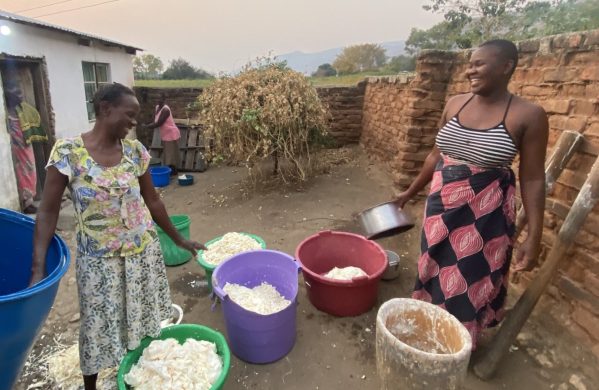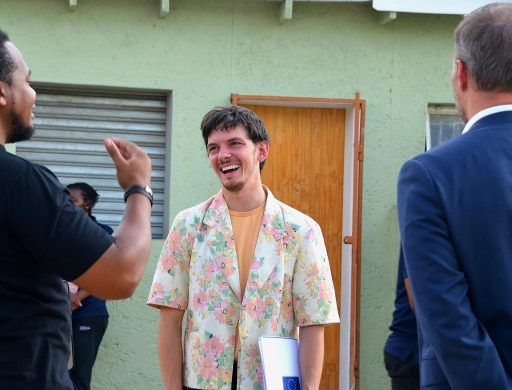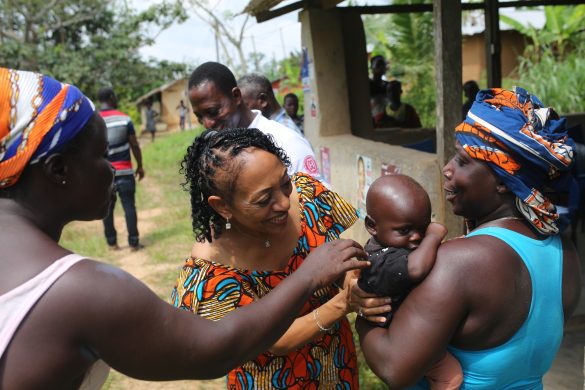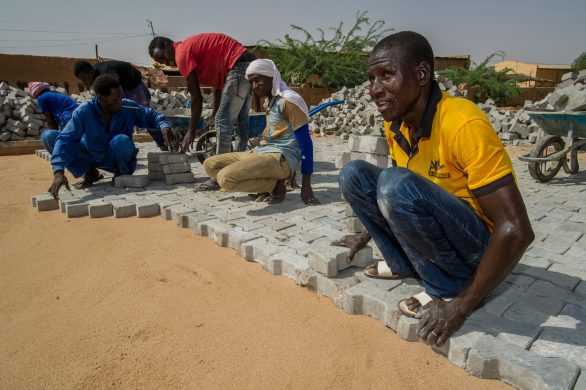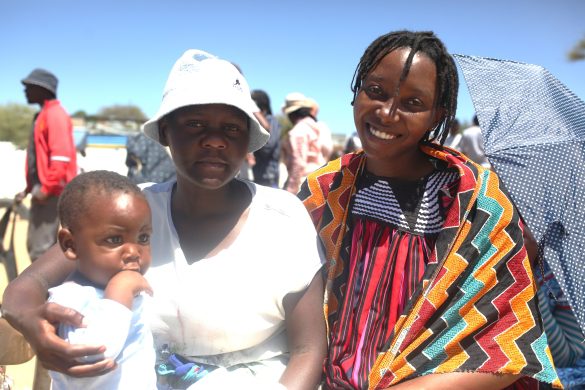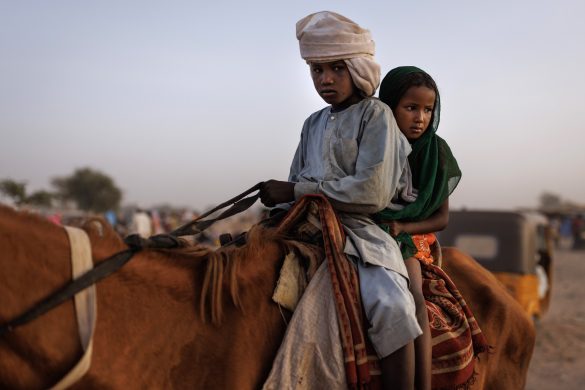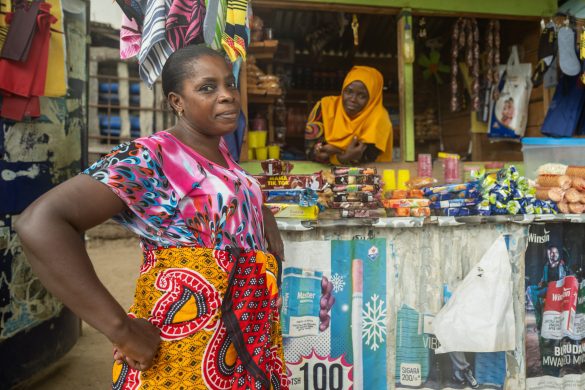Den del af Etiopien, der støder op til Somalia, betaler en høj pris for det krakelerede Somalia med enorme flygtningestrømme og ubodelige skader på det skrøbelige miljø fra de mange menneskers forbrug af brænde, vand m.v.
DOLLO ADO, 12 November 2012 (IRIN): Ethiopians would like to continue to be good Samaritans to the hundreds of thousands seeking refuge from drought and conflict in neighbouring Somalia, but massive camps in fragile environments have sparked concern among both the government and the people sharing space with the refugees.
“We have had a million refugees at one time,” said Ayalew Awoke, Ethiopia’s deputy director for Refugee and Returnee Affairs (ARRA), the government’s refugee agency. Ayalew helped establish ARRA more than two decades ago.
“But the damage these camps have done to our environment is irreversible (uigenkaldelige) – wooded areas have turned into barren land, as happened in Hartisheikh near Jijiga [in the southern Somali region], which hosted more than 200.000 Somalis at one stage.”
Massive influx
Hundreds of thousands of Somalis arrived in Hartisheik, located near the border with Somalia, amid the armed opposition to Siad Barre’s government in 1988 and clan warfare in the early 1990s, according to the UN Refugee Agency (UNHCR).
They congregated (blev samlet) in what became, for a time, the world’s largest refugee camp. “The first refugees arrived in appalling (forfærdende) conditions; many died of exhaustion, hunger and lack of water,” said the agency.
“Since the influx of the Somali refugees in 1988, the areas around their camps have been severely eroded. Now, both refugees and Ethiopians have to travel miles in search of wood for fuel and shelter,” UNHCR reported in 1996, adding:
“The long-term consequences are expected to be costly for the host community which will bear the burden long after the Somalis are gone.”
The damage is still unfolding. Ethiopia’s Somali region is now home to the world’s second-largest refugee complex, Dollo Ado, and it saw the world’s largest influx of Somali refugees this year.
The region’s fragile environment is also one of the most vulnerable to climate change, with decreasing rains and soaring temperatures putting its predominantly agro-pastoralist population at great risk,according to climate scientist Chris Funk of the US Geological Survey.
Lasting changes
Læs videre på
http://www.irinnews.org/Report/96754/ETHIOPIA-SOMALIA-The-cost-of-being-a-good-neighbour



